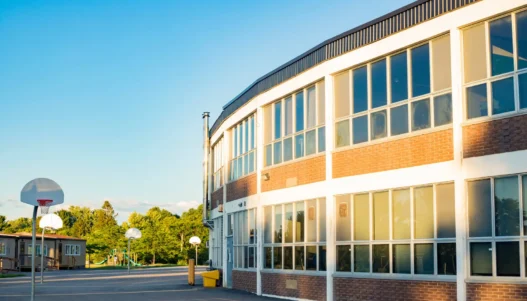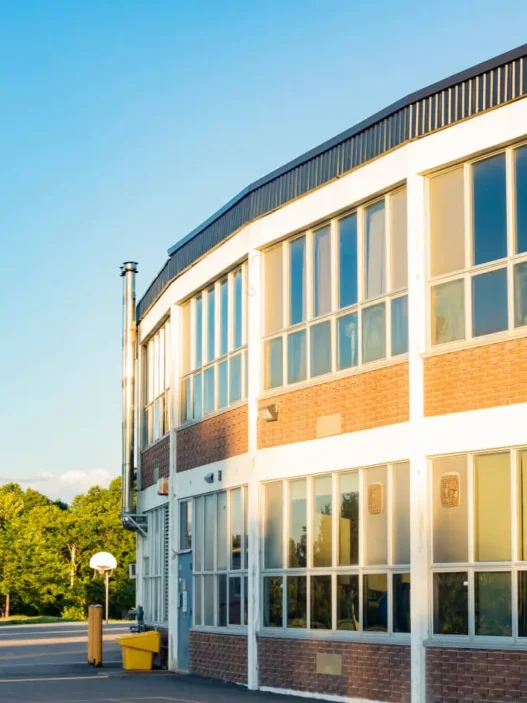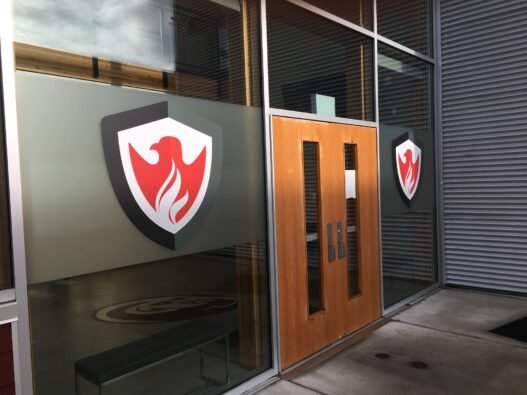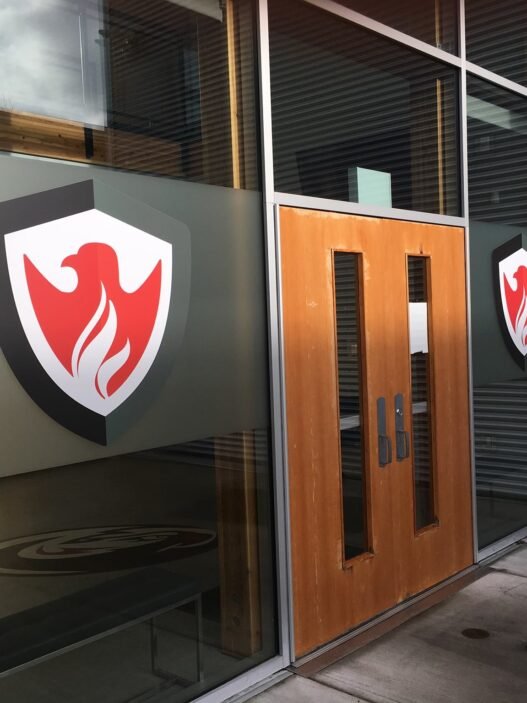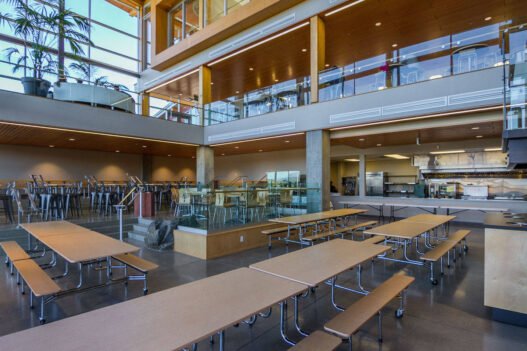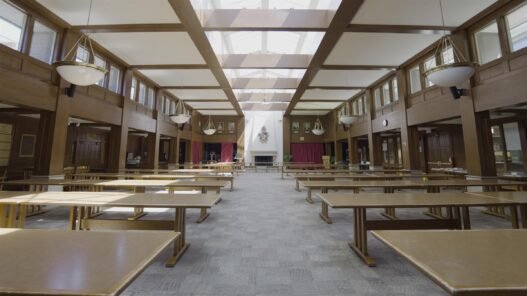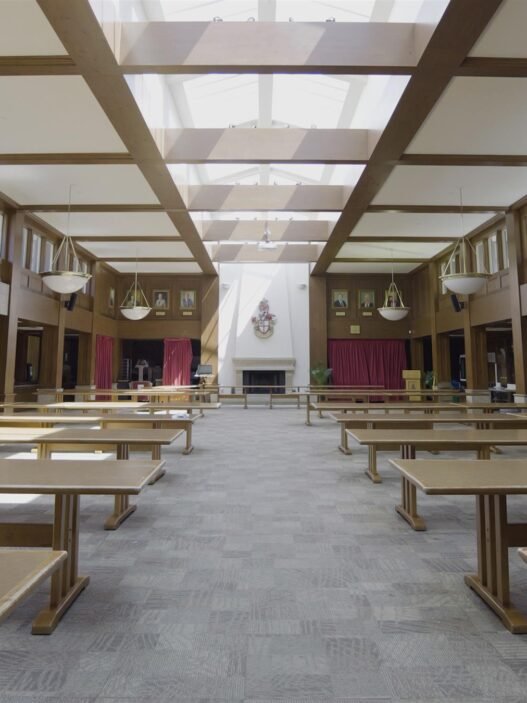Abbotsford, located in the heart of the Fraser Valley, is often described as British Columbia’s Bible Belt—an agricultural and suburban hub where religious communities, strong family networks, and deep-rooted cultural values intersect. While its skyline may lack the polish of its Lower Mainland neighbors, Abbotsford’s school system offers a different kind of promise: the power of discipline, stability, and moral structure to drive academic outcomes.
The city’s population—now surpassing 150,000—is demographically unique. A high proportion of residents identify as Christian or Sikh, and nearly one-third are first-generation immigrants. With deep agricultural roots, a large working-class base, and growing diversity in both faith and ethnicity, Abbotsford’s schools must serve students across a wide socio-economic spectrum.
Against this backdrop, the Fraser Institute’s 2024 Report Card on British Columbia’s Elementary Schools offers a snapshot of where student performance in literacy and numeracy is strongest. The data reveals a pattern familiar across Fraser Valley cities: faith-based schools dominate the top of the rankings, while select public schools—those embedded in stable, engaged neighborhoods—also stand out.
Top 20 Elementary Schools in Abbotsford
1. St. James & St. Ann’s Elementary School
A pillar of Catholic education, St. James & St. Ann’s is a school where academic performance is buoyed by moral certainty. Families of Portuguese, Filipino, and Italian descent join newer immigrant households to create a school culture defined by religious unity, structured expectations, and multigenerational school involvement. Classroom discipline and parental support are both strong, giving students a stable platform for achievement.
2. Mennonite Educational Institute (MEI) Elementary
MEI is both school and heritage site. Founded by the descendants of Russian Mennonite settlers, it still serves families shaped by agriculture, craftsmanship, and evangelical faith. Parents are deeply involved, students are respectful, and teachers focus on foundational literacy and numeracy. The result is consistent academic excellence shaped not by external benchmarks, but by internal conviction.
3. Sandy Hill Elementary School
Sandy Hill is Abbotsford’s French immersion flagship. Middle-class families, many employed in teaching, nursing, or provincial services, choose it for the cognitive and cultural edge immersion provides. The school’s strength lies in consistency—home support for bilingualism, strong PAC leadership, and a curriculum that prioritizes both language mastery and conceptual depth.
4. Abbotsford Christian School
Abbotsford Christian blends Biblical worldview with rigorous instruction. It draws from a mix of tradespeople, professionals, and ministry families, all of whom take education seriously. Teachers benefit from continuity and a shared theological framework, while parents reinforce school goals through daily structure, prayer, and civic-mindedness.
5. Auguston Traditional Elementary School
Perched in a master-planned suburban enclave, Auguston Traditional attracts families who want order, direct instruction, and uniformed discipline. The “traditional” program is more than semantics—it signifies alignment with parents who expect strong phonics, personal accountability, and visible academic progress. The result is a calm, efficient learning environment with high performance year after year.
6. Cornerstone Christian School
A smaller Christian independent school with a strong sense of purpose, Cornerstone thrives through simplicity: small classes, clear moral expectations, and tight home-school communication. Parents are often middle-income, values-focused, and involved in church life. The school’s modest size creates a nurturing environment that supports both academic and spiritual development.
7. Dasmesh Punjabi School
This Sikh independent school has become a Fraser Valley success story. It fuses cultural pride with academic rigor, delivering a bilingual education that emphasizes respect, memorization, and service. Families often run farms or small businesses, but prioritize education with intensity—reinforced by extended family networks and weekend tutoring. Students learn to navigate multiple languages and value systems from an early age, building resilience and confidence.
8. South Poplar Traditional Elementary School
South Poplar is a public school with a private-school feel. The traditional program—complete with uniforms and structured literacy—attracts families seeking clarity and control. Many come from religious backgrounds or rural households where authority is respected and education is practical. Academic success here stems from focus, not flash.
9. Dr. Thomas A. Swift Elementary School
Known as T.A. Swift, this public school is grounded in working-class respectability. Families include skilled tradespeople and public employees who want their kids to show up, listen, and learn. Teachers face few behavioral disruptions and can focus on instruction. Parental support comes in the form of quiet consistency—bedtimes, packed lunches, and signed planners.
10. McMillan Elementary School
A long-standing community school, McMillan benefits from stable enrollment and a deeply invested parent base. Many families include educators and small business owners who reinforce school learning at home. The school’s strength lies in its teacher retention, early literacy programs, and strong relationship with families who have made education part of daily life.
11. King Traditional Elementary School
King Traditional serves a multi-ethnic, multi-income catchment through a program that emphasizes manners, routines, and academic benchmarks. Immigrant families, in particular, find comfort in the school’s clarity of purpose. Achievement is not presumed—it is earned through structured phonics, timed math drills, and constant reinforcement of expectations.
12. Mountain Elementary School
Mountain is a school of quiet aspiration. It serves upwardly mobile families, including many newcomers to Abbotsford from Metro Vancouver, Iran, and South Asia. These parents supplement classroom instruction with weekend learning and see education as a bridge to future opportunity. Staff respond with strong academic planning and culturally attuned communication.
13. Prince Charles Elementary School
Prince Charles reflects the potential of public education when ambition and support systems converge. Though its catchment includes working-poor and newcomer families, the school punches above its weight academically. Why? Teachers are relentless in early intervention. Families—often facing economic strain—still send the message that school is serious business. That message sticks.
14. Dr. Roberta Bondar Elementary School
One of the city’s newer schools, Bondar is named for a Canadian icon and serves a suburban catchment filled with young, educated families. STEM-forward, digitally fluent, and inclusive, it represents the new face of Abbotsford. Families invest in learning technology and enrichment, and the school responds with structured inquiry and academic clarity.
15. Dormick Park Elementary School
Dormick Park has made significant academic strides despite serving a complex demographic. Its neighborhood includes rental housing, low-income families, and high numbers of English language learners. Yet staff culture is mission-driven—supporting literacy gains, mental health needs, and parental engagement with equal vigor. The school is proof that smart strategy can level the playing field.
16. Ross Elementary School
Ross is a small community school where academic performance is shaped by consistency. Families tend to be long-term residents, many in trades and services, who send their children to school ready to listen and participate. The school’s leadership has maintained a strong emphasis on the basics, backed by a PAC that values practical impact over prestige.
17. Mt. Lehman Elementary School
Set amid fields and acreages, Mt. Lehman operates more like a one-room schoolhouse than a district hub. That’s its strength. Teachers often know entire families by name, and instruction is customized to student needs. The rural lifestyle fosters early responsibility and work ethic—traits that translate well to classroom learning.
18. Bradner Elementary School
Bradner shares Mt. Lehman’s rural charm and community intimacy. It has built a strong academic profile through long-standing teacher tenures, parent commitment, and strong ties to local heritage. Students benefit from quiet classrooms, frequent parent volunteers, and a culture that treats school as the community’s heart.
19. Dave Kandal Elementary School
Located in West Abbotsford, Dave Kandal reflects a blend of farming heritage and new immigrant ambition. Many families are Punjabi-speaking and place great importance on academic discipline and language acquisition. Parents are highly involved, often reinforcing lessons at home and ensuring consistent attendance. The school’s bilingual supports and strong administrative leadership have helped it evolve into a high-performing institution with deep community trust.
20. Margaret Stenersen Elementary School
Stenersen serves a diverse suburban catchment and stands out for its steady academic growth. Families range from long-time Canadian residents to newcomers, with strong representation from Eastern European, Latin American, and South Asian households. The school focuses heavily on foundational literacy, early numeracy, and inclusive practice—resulting in a balanced school culture where effort is the unifying language.
Conclusion
The story in Abbotsford is less about privilege and more about alignment. The city’s top-performing schools—whether Catholic, Christian, or traditional public—are typically those where school values mirror home values. In a region steeped in religious tradition and family cohesion, academic success often grows out of disciplined classrooms, moral expectations, and strong home-school partnerships.
Independent schools benefit from engaged families willing to invest time, money, and effort into their children’s education. But even public schools in modest neighborhoods outperform when leadership is stable, expectations are clear, and parents are treated as full partners in the learning process.
As Abbotsford continues to grow—with new subdivisions to the east and south and rising migration from both Vancouver and abroad—its school system will face mounting pressures. But the Fraser Institute’s rankings suggest that the foundation is strong: where discipline meets aspiration, results follow.








